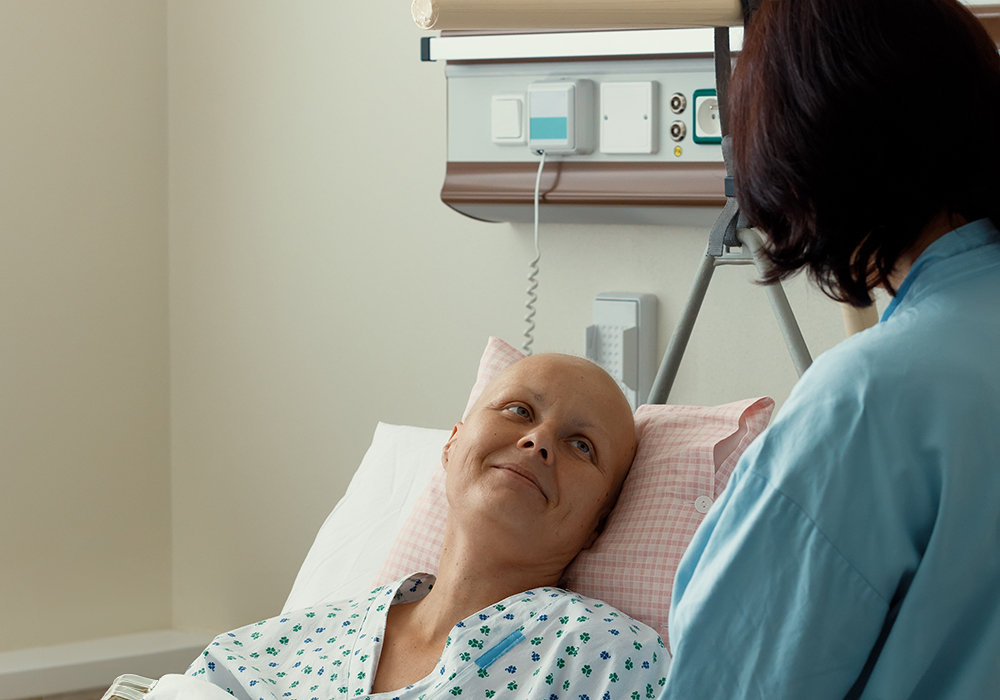So far, 2017 has seen an incredible amount of U.S. Food and Drug Administration approvals for new agents and indications. Biotherapy and targeted agents represent many of the newly approved treatment options—a great deal of which are offered in oral form, increasing the opportunity for patients to receive treatment at home.
Although oral administration offers increased flexibility and convenience for patients, nurses are a critical part of ensuring that patients have the information necessary to keep them and their loved ones and caregivers safe. ONS guidelines and resources offer the following recommendations for some of the common questions and issues that arise with oral antineoplastic therapy.
- Oral adherence: Adherence presents a challenge for patients and practitioners because oral agents have a unique side effect profile and providers have no way to ensure patients are taking every recommended dose. Patients should complete a drug diary to track adherence and tolerance.
- Drug disposal: Patients and their caregivers should be instructed about what to do with remaining unused drugs. In many cases, they can be returned to the clinic or specialty pharmacy rather than disposing or flushing down the toilet.
- Safe handling: Oral agents in the home need to be regarded in the same way as hazardous agents in the clinical care setting. Patients should be instructed to wear gloves when handling them and to keep them separate from other medications, rather than storing them in daily pill boxes. Education should discuss wearing gloves when handling contaminated body fluids. Double flushing may be needed only if one flush is not powerful enough to rid the toilet of the contaminated excreta.
- Laundering: Unless patient laundry and linens are contaminated with bodily fluids, they may be handled together with the laundry of other family members.
In many cases, oral antineoplastics carry a different toxicity profile than traditional parenteral chemotherapy agents. ONS offers an oral adherence toolkit that includes videos for patient education, symptom management, and tools for compliance and successful treatment management (see sidebar).






